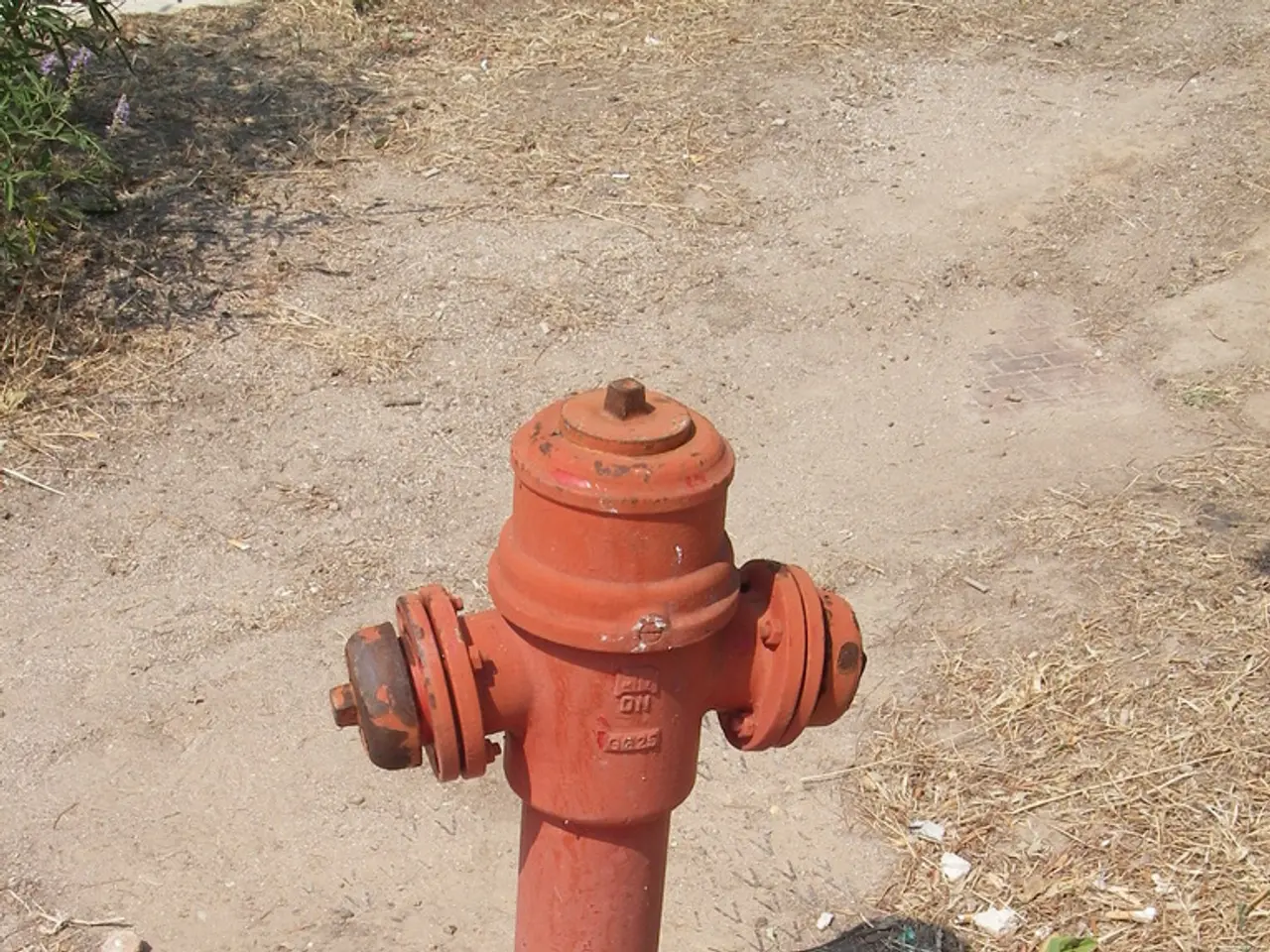Successful pruning of Hydrangea paniculata: advice from Royal Horticultural Society specialists
In a series of trials conducted at RHS Bridgewater from 2021 to 2025, horticulturalist Hannah Lomas and the Royal Horticultural Society (RHS) explored the best pruning techniques for new cultivars of Hydrangea paniculata, a plant species renowned for its floral extravagance and complexity.
Hydrangea paniculata, with its conical or cloud-like flowerheads that prominently appear at the stem tips, offers many months of interest when few shrubs are in bloom. The focus of these trials was to assess and determine the best type of pruning for Hydrangea paniculata cultivars.
Two main pruning methods were examined: hard pruning and soft pruning.
Hard pruning is typically done in late winter or early spring before new growth begins, cutting back most of the previous year’s wood to about 12-24 inches from the ground. Because Hydrangea paniculata blooms on new wood, hard pruning encourages larger, more robust blooms by stimulating strong new growth. It also helps maintain a tidy shape and can rejuvenate older plants.
Soft pruning or light pruning occurs during the growing season (sometimes called pinch pruning or mid-season pruning). It involves selectively removing spent flowers, thinning some stems lightly, or pinching growing tips slightly to promote branching. Soft pruning helps produce more flowers on multiple stems the following season and can extend the bloom period modestly without drastically reducing the plant size or vigor.
| Method | Timing | Effect on Plant | Bloom Characteristics | |----------------|-----------------------|-----------------------------------------------|----------------------------------------| | Hard pruning | Late winter or early spring | Cuts back most stems, encourages strong new growth | Larger and fewer flower clusters, later bloom timing | | Soft pruning | Mid-season / during growth | Removes spent blooms, pinches tips for branching | More flowers, potentially longer bloom period but smaller blooms |
It's important to note that Hydrangea paniculata tolerates and benefits from hard pruning each year, unlike old-wood blooming hydrangeas that require light pruning. Soft pruning can complement hard pruning by encouraging bushier growth and more flowers but is not a substitute for the annual hard pruning needed for best bloom production. Pinching growing tips resets hormone growth and promotes flowering stems, useful as a mid-season technique to increase flower number the next year.
In summary, to achieve the best results with Hydrangea paniculata, use hard pruning annually in late winter/early spring to maintain size and bloom quality, supplemented by soft pruning or pinching during the growing season to increase flower quantity and improve plant appearance.
Hannah Lomas, a horticulturalist at RHS Bridgewater, explained the focus of the trials and provided tips on adjusting pruning techniques for desired floral displays on Hydrangea paniculata. The trials aimed to find the optimal pruning method for Hydrangea paniculata cultivars, offering valuable insights for gardeners seeking to cultivate this beautiful and versatile plant.





